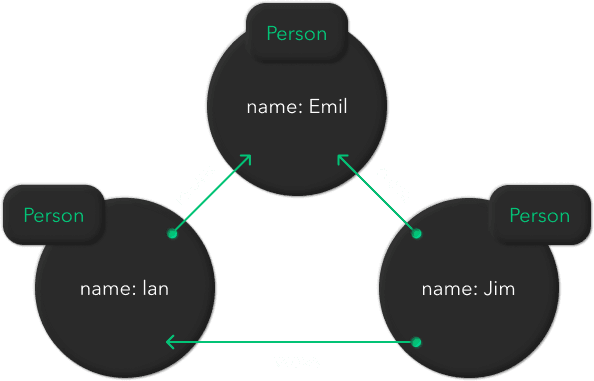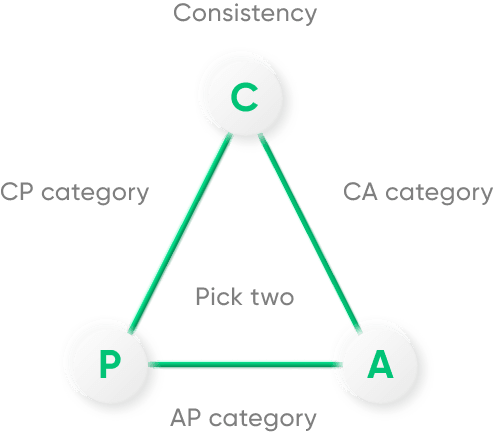Four types of NoSQL Databases
- 1
Key-value stores - this is the simplest NoSQL type containing simple key-value pairs data, in case you need quick information retrieval connected with a key.
Amazon DynamoDB and Redis databases are great examples of NoSQL stores whose simple structure makes them highly expandable, where the number of values is not defined, and there are no links between construction schemes and the values.
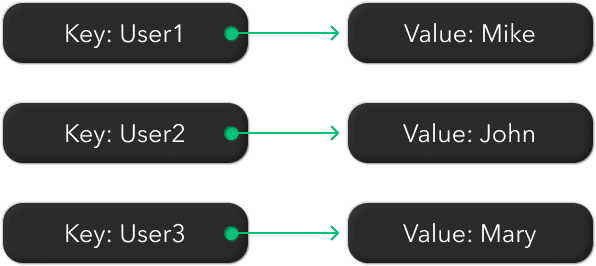
- 2
Document stores - these databases save data in one JSON, BSON, or XML file, with all the same type of documents stored in collections (lists) in a tree/forest-type of documents allowing for quick key search but complicating the processing of elements with numerous linkages.
Yet, document store databases facilitate creating an app, take, for rapid search of music singles. MongoDB and Couchbase stand as brilliant document store samples utilizing these bases for prompt prototyping, data analysis, and content management.
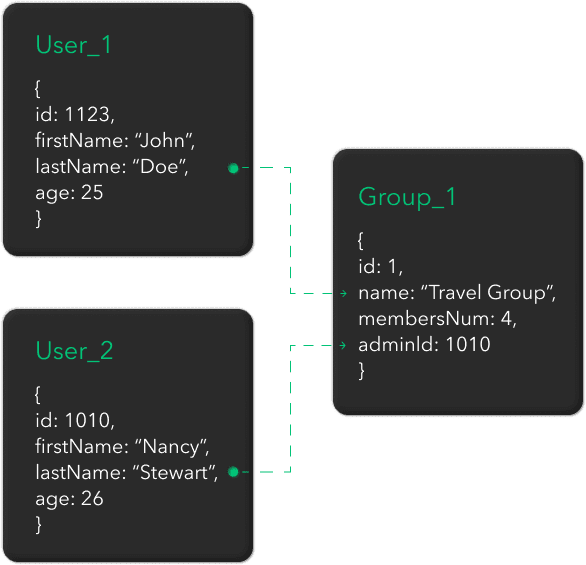
- 3
Column stores quickly restore columns of data, saving them as a logical collection of values and can be easily reproduced, with their distinctive feature as containing both structured and unstructured data which is good for analytical operations but struggling with transactions (take as examples Apache Cassandra and Scylla database types).
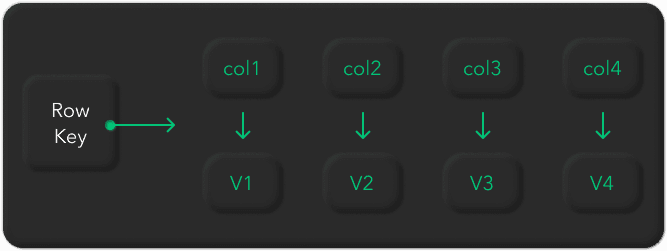
- 4
Graph stores consist of entities called nodes which are documents with free-form data, linked by edges defining their relationships. This type is beneficial for defining rapports between data points, i.e., searching for nodes with the most linkages and all the nodes linked. As the name implies, this type is utilized for exploring graph data structures (social networks and Web 3.0). Clear graph store cases are Datastax Enterprise and Neo4J.
